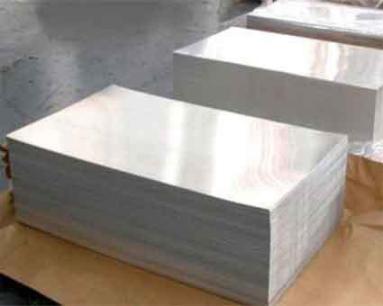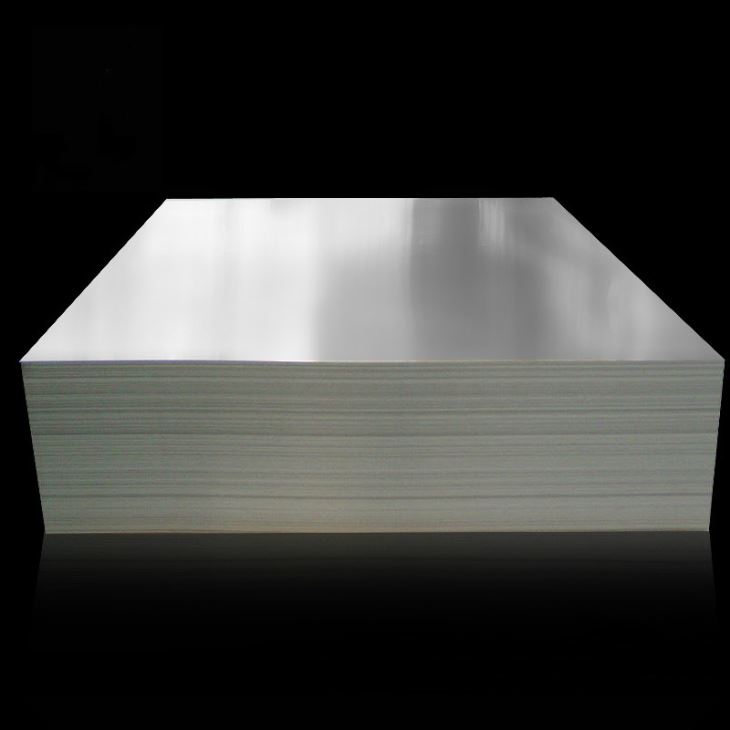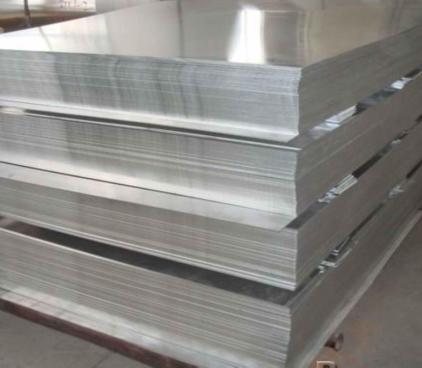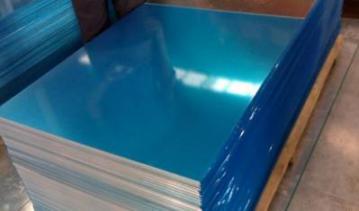Raw Materials
Aluminum compounds occur in all types of clay, but the ore that is most useful for producing pure aluminum is bauxite. Bauxite consists of 45-60% aluminum oxide, along with various impurities such as sand, iron, and other metals. Although some bauxite deposits are hard rock, most consist of relatively soft dirt that is easily dug from open-pit mines. Australia produces more than one-third of the world's supply of bauxite. It takes about 4 lb (2 kg) of bauxite to produce 1 lb (0.5 kg) of aluminum metal.
Caustic soda (sodium hydroxide) is used to dissolve the aluminum compounds found in the bauxite, separating them from the impurities. Depending on the composition of the bauxite ore, relatively small amounts of other chemicals may be used in the extraction
Aluminum is manufactured in two phases: the Bayer process of refining the bauxite ore to obtain aluminum oxide, and the Hall-Heroult process of smelting the aluminum oxide to release pure aluminum.
of aluminum. Starch, lime, and sodium sulphide are some examples.
Cryolite, a chemical compound composed of sodium, aluminum, and fluorine, is used as the electrolyte (current-conducting medium) in the smelting operation. Naturally occurring cryolite was once mined in Greenland, but the compound is now produced synthetically for use in the production of aluminum. Aluminum fluoride is added to lower the melting point of the electrolyte solution.
The other major ingredient used in the smelting operation is carbon. Carbon electrodes transmit the electric current through the electrolyte. During the smelting operation, some of the carbon is consumed as it combines with oxygen to form carbon dioxide. In fact, about half a pound (0.2 kg) of carbon is used for every pound (2.2 kg) of aluminum produced. Some of the carbon used in aluminum smelting is a byproduct of oil refining; additional carbon is obtained from coal.
Because aluminum smelting involves passing an electric current through a molten electrolyte, it requires large amounts of electrical energy. On average, production of 2 lb (1 kg) of aluminum requires 15 kilowatt-hours (kWh) of energy. The cost of electricity represents about one-third of the cost of smelting aluminum.
The Bayer process
1 First, the bauxite ore is mechanically crushed. Then, the crushed ore is mixed with caustic soda and processed in a grinding mill to produce a slurry (a watery suspension) containing very fine particles of ore.
2 The slurry is pumped into a digester, a tank that functions like a pressure cooker. The slurry is heated to 230-520°F (110-270°C) under a pressure of 50 lb/in 2 (340 kPa). These conditions are maintained for a time ranging from half an hour to several hours. Additional caustic soda may be added to ensure that all aluminum-containing compounds are dissolved.
3 The hot slurry, which is now a sodium aluminate solution, passes through a series of flash tanks that reduce the pressure and recover heat that can be reused in the refining process.
4 The slurry is pumped into a settling tank. As the slurry rests in this tank, impurities that will not dissolve in the caustic soda settle to the bottom of the vessel. One manufacturer compares this process to fine sand settling to the bottom of a glass of sugar water; the sugar does not settle out because it is dissolved in the water, just as the aluminum in the settling tank remains dissolved in the caustic soda. The residue (called "red mud") that accumulates in the bottom of the tank consists of fine sand, iron oxide, and oxides of trace elements like titanium.
5 After the impurities have settled out, the remaining liquid, which looks somewhat like coffee, is pumped through a series of cloth filters. Any fine particles of impurities that remain in the solution are trapped by the filters. This material is washed to recover alumina and caustic soda that can be reused.
6 The filtered liquid is pumped through a series of six-story-tall precipitation tanks. Seed crystals of alumina hydrate (alumina bonded to water molecules) are added through the top of each tank. The seed crystals grow as they settle through the liquid and dissolved alumina attaches to them.
7 The crystals precipitate (settle to the bottom of the tank) and are removed. After washing, they are transferred to a kiln for calcining (heating to release the water molecules that are chemically bonded to the alumina molecules). A screw conveyor moves a continuous stream of crystals into a rotating, cylindrical kiln that is tilted to allow gravity to move the material through it. A temperature of 2,000° F (1,100° C) drives off the water molecules, leaving anhydrous (waterless) alumina crystals. After leaving the kiln, the crystals pass through a cooler.
Previous: No Information
Related News
- What is Waterstain on Aluminum
- Why Aluminum Alloy For Automobi
- A Brief Introduction for Pure A
- The Difference of Mechanical Wo
- Pattern aluminum-related knowle
- Sectionalized Double Bus Bar
- Aluminum in Transport
- Aluminum Used for Bicycle
- How to Make Aluminum Foil ?
- What Are Aluminum Alloys for Bi
- Properties of Aluminum
- Aluminum and Aluminum Alloy's A
- How to Calculate the Weight of
- Why Anodization for Aluminum ?






